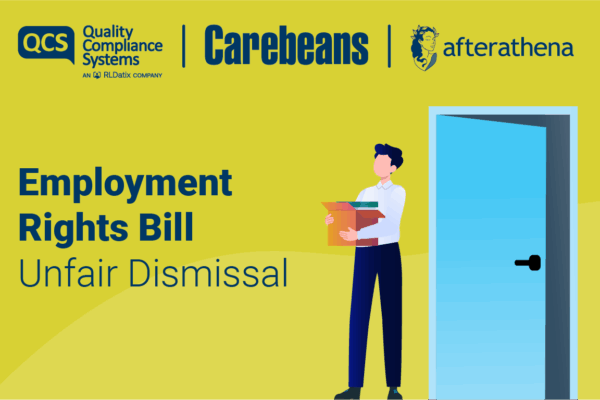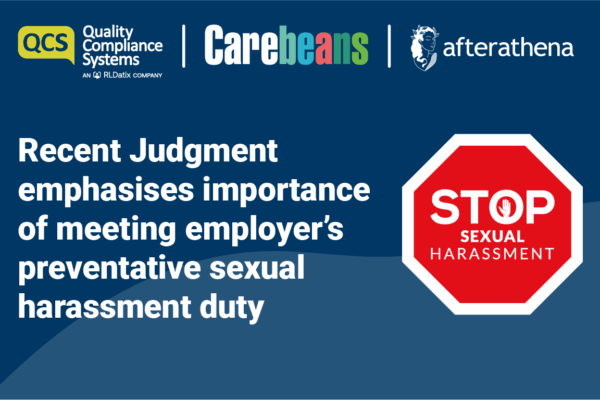The new edition of Managing Falls and Fractures in Care Homes for Older People – good practice resource published by the Care Inspectorate (Scotland) and NHS Scotland has recently been launched.
This resource aims to help care home staff to understand the importance of taking a proactive approach to preventing falls and to support older people to have a physically active life and live well.
Within the resource is a section on Nutrition and Hydration which outlines the importance of good nutrition and adequate hydration in preventing falls and fractures. Our article this month provides a summary of what this new and useful resource says about food and drink.
A reminder for all: Why is it important to eat well?
The nutrition section introduces the subject area by reminding the reader that eating well, having a wide variety of foods and staying hydrated can help to maintain good health, and enable service users to stay active for longer.
What aspects of nutrition are particularly important for older people and falls prevention?
Eating a balanced and varied diet that provides sufficient energy and protein, as well as calcium and vitamin D, and having adequate fluid are essential to maintain good health of service users with respect to falls prevention. For example studies have shown that insufficient vitamin D and calcium intake is a contributing factor to fall-related fractures in older people, and dehydration can increase risk of falls.
- Energy (calories) – activity levels typically reduce with ageing, and calorie requirements decrease. However for some residents their requirements increase as a result of certain medical conditions such as Parkinson’s where associated involuntary movements result in increased energy expenditure, while disease symptoms and medication side effects can limit food intake.
- Protein – adequate amounts of protein are needed to maintain muscle mass. Dietary sources include meat, fish, milk and cheese, eggs, pulses, nuts.
- Fibre – constipation is a common problem for older people. Service users should be encouraged to eat a variety of fibre-rich foods such as fruit, vegetables, nuts and pulses (peas, beans, lentils).
- Vitamin D – this is important for good bone health. The main source of Vitamin D is sunlight so service users should be offered the opportunity to spend time outside, especially during May- September (forearms, hands or lower legs uncovered especially from 11am to 3pm). Dietary sources of Vitamin D include oily fish, such as mackerel, kippers, salmon, eggs, and some fortified breakfast cereals. There is a recommendation for all people aged 65 years and over to take a vitamin D supplement containing 10 micrograms.
- Calcium- milk and dairy products are a good source of calcium. A lack of calcium can increase risk of osteoporosis (is a reduction in bone mass, which may cause broken bones in older people; more commonly in women). Calcium/vitamin D supplements may be prescribed for those affected by osteoporosis.
Why is it important to stay hydrated?
An adequate fluid intake will help to keep service users hydrated and therefore help to:
- reduce the incidence of constipation and urinary tract infections
- maintain normal body temperature
- prevent headaches, confusion, dizziness and irritability.
To stay hydrated it is recommended that service users drink around eight cups of liquid every day. These can include water, fruit juice, milk, tea and coffee. The Care Inspectorate in Scotland currently recommends that a minimum of 1500ml of fluid should be taken daily, and this is echoed in Department of Health recommendations. However this amount may need to be increased due to:
- warmer weather conditions
- extra physical activity
- vomiting and diarrhoea
- large stoma output or wound exudates.
Some service users may be more at risk of becoming dehydrated if they:
- are unable to maintain an adequate fluid intake independently
- avoid drinking to avoid incontinence
- choose to remain in their own room
- have swallowing problems and require either a pureed diet or thickened fluids
- have a reduced sense of being thirsty and require their fluid intake to be monitored by staff.
Signs of dehydration may be misinterpreted as irritability and confusion. Care staff can help to promote hydration by regularly offering and supporting residents to take a range of drinks throughout the day and night.
Care home stories – A case study provided in the resource to illustrate an example of good hydration practices
The Drink-Up project undertaken at a care home in Clydebank was a pilot study with 24 participants which aimed to establish the potential effects of increasing fluid intake on the prevalence of urinary tract infection in older adults resident in care homes. The intervention included an individually targeted increased daily fluid intake goal set at 300-500 mls, resident and family/carer education on hydration and fluid intake and care home staff support for fluid management. Over the 24 week intervention, the number of recorded falls reduced from the pre-study frequency of 52 to 28 so the results look promising, although a larger more robust trial would need to take place to confirm benefit to falls reduction.
The nutrition section of the resource concludes with emphasis on some of the things to consider. These include:
Personalised dietary advice.
Individual therapeutic dietary advice from a dietitian may be required for service users who have specific medical conditions such as stroke, diabetes and coeliac disease in order to help ensure that they meet their nutrition requirements.
Observing the resident’s functional ability to eat and drink.
Care givers should observe whether service users are able to eat with their current cutlery, manage food on their plate and drink from their cup. Some residents may have visual problems which can make it harder to see the food and drinks. Others may be affected by symptoms that impact on their ability to eat and drink for example weakness in hands. It may be helpful to ask advice from an occupational therapist about specialised equipment to enable residents to feed themselves. Speech and Language Therapists can provide advice on safe swallowing and texture modification.
Considering residents with smaller appetites
Some people may prefer to eat smaller meals plus snacks in a day. This can offer a wide variety of food choice and the opportunity to consume a range of nutrients. Finger foods can be helpful for residents who prefer to ‘graze’ rather than eat a full meal. Colourful food is more attractive to eat, for example a fruit platter with chopped strawberries, grapes and melon.
A self-assessment tool to identify areas for improvement is provided alongside the resource, and is available on http://www.careinspectorate.com/index.php/guidance?id=2737
Older people living in care homes are more likely to fall than older people living in their own homes, with the results of these falls often being more serious. Many factors can contribute to this heightened risk, but taking the right steps, including good nutrition and hydration can actively support an individual and help to reduce the risk of falls.






